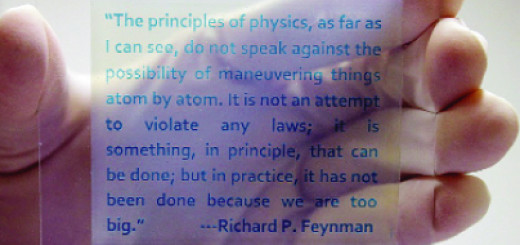Perceptions Of Diversity Vary By Race And Political Views
Black, Latino and Asian people tend to see U.S. neighborhoods as more diverse when their group is in the majority
In the wake of the past year’s Black Lives Matter protests, achieving “diversity” across domains has become a pressing societal concern.
But “diversity” means different things to different people, sociologist Janet Xu of Princeton University and colleagues report March 12 in Science Advances. That means devising ways to turn talk of diversity into action — for instance, diversifying a workforce or a neighborhood — can be subjective.
“Americans almost always talk about diversity in this positive but very, very ambiguous light,” Xu says. “So people can agree that diversity is good without agreeing on what diversity actually looks like.”
Xi and colleagues focused on racial diversity. The team tested what that looks like to different groups of people by showing them hypothetical neighborhoods, each with different racial and ethnic makeups. The team surveyed 1,803 U.S. adults split almost evenly among four groups — white, Black, Latino and Asian. All the neighborhoods had one dominant group, making up 50 to 90 percent of residents, one midsize group and one minority group making up just 2 percent.
Participants ranked eight hypothetical neighborhoods presented in pairs on perceived diversity, using a seven-point scale, with 1 being the least diverse and 7 being the most. In general, regardless of their race, participants ranked neighborhoods where the dominant group made up only half the population as more diverse than ones in which it made up 90 percent.
However, compared with white participants, Latino, Black and Asian participants rated neighborhoods about a third of a point more diverse when their own group was in the majority. White people, meanwhile, ranked neighborhoods as equally diverse regardless of which group dominated. That finding could help explain why, as recent research suggests, underrepresented minorities often feel out of place even in purportedly diverse settings, Xu says.
Differences in perception also emerged between liberal and conservative white people, the team found. Those who support affirmative action and want more immigration perceived that neighborhoods in which another racial group made up the majority of residents, particularly if the group was Black, were the most diverse. But white respondents opposing such policies perceived white-majority neighborhoods as more diverse than Black-majority neighborhoods.
This divergence in white people’s beliefs has also shown up in other research, says sociologist Daniel Hirschman of Brown University in Providence, R.I. “The attitudes of white liberals are looking more and more like nonwhite people.”
Given competing perceptions of diversity, Xu and colleagues suggest making diversity goals more explicit. But exactly how to do that is challenging: Courts have often struck down efforts to quantify diversity, such as quotas. Instead, Xu says, a starting point to building inclusion is to recognize that people’s perceptions play into their understanding of diversity. One way to proceed, she suggests, is to have all people in a given setting answer the question: Do you think this place is diverse?














Recent Comments